Searching for the Spirit of North Point and Yau Ma Tei; Hong Kong Students Map What Matters in Two Old Districts

This is a question we asked 150 high school students in North Point and Yau Ma Tei, two old city districts in Hong Kong. They researched, mapped the two neighbourhoods and interviewed residents to select 60 sites that best represent the DNA of the place. The sites ranged from historic buildings and important cultural landmarks to shops of traditional industries and impactful members of the community. The selection celebrates the local culture that is still very alive in these two neighbourhoods, while placing the sites and activities within a historical context. The participants distilled the cultural character of North Point and Yau Ma Tei through their own lens and created an exhibition that explores the spirit of the two places in the past, the present and the future.
What are the places that make this neighbourhood unique?
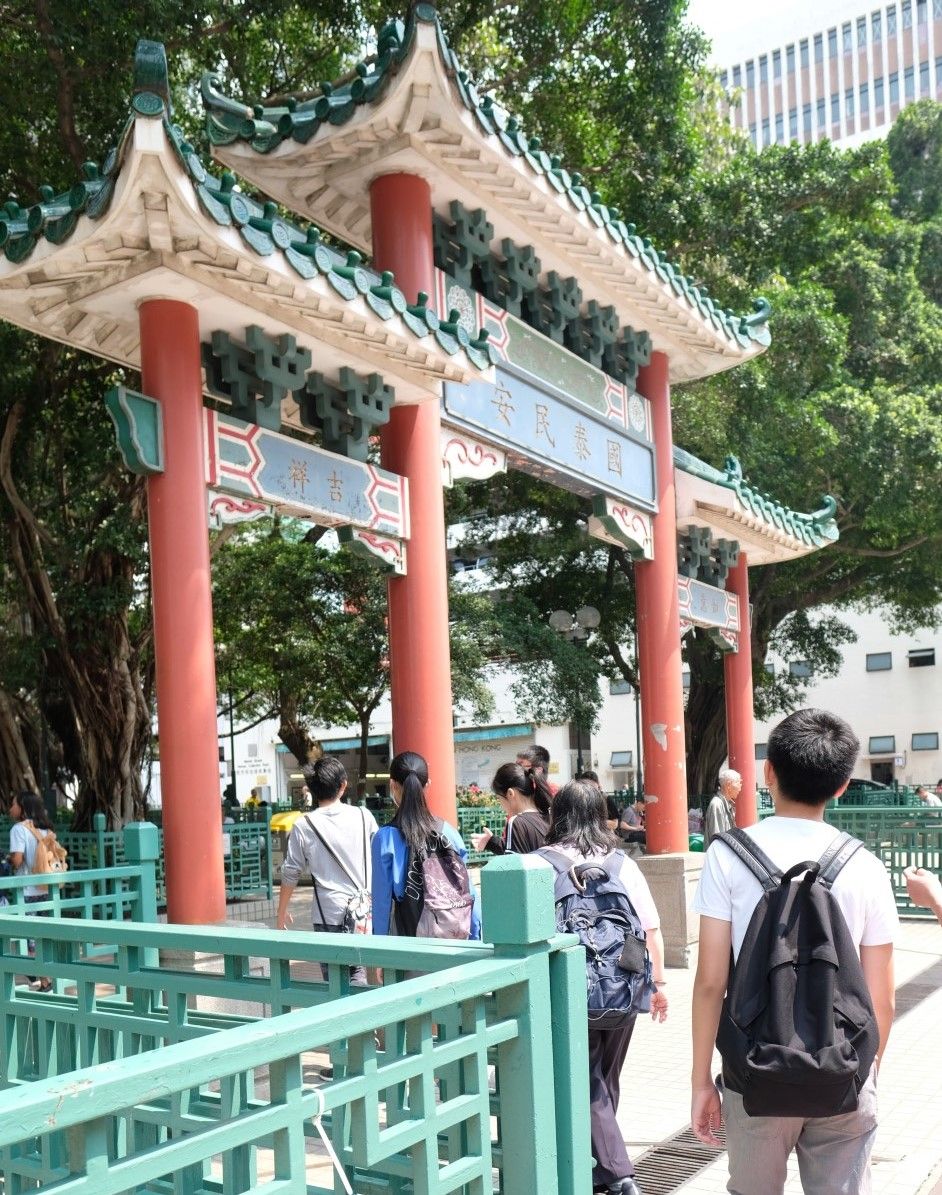

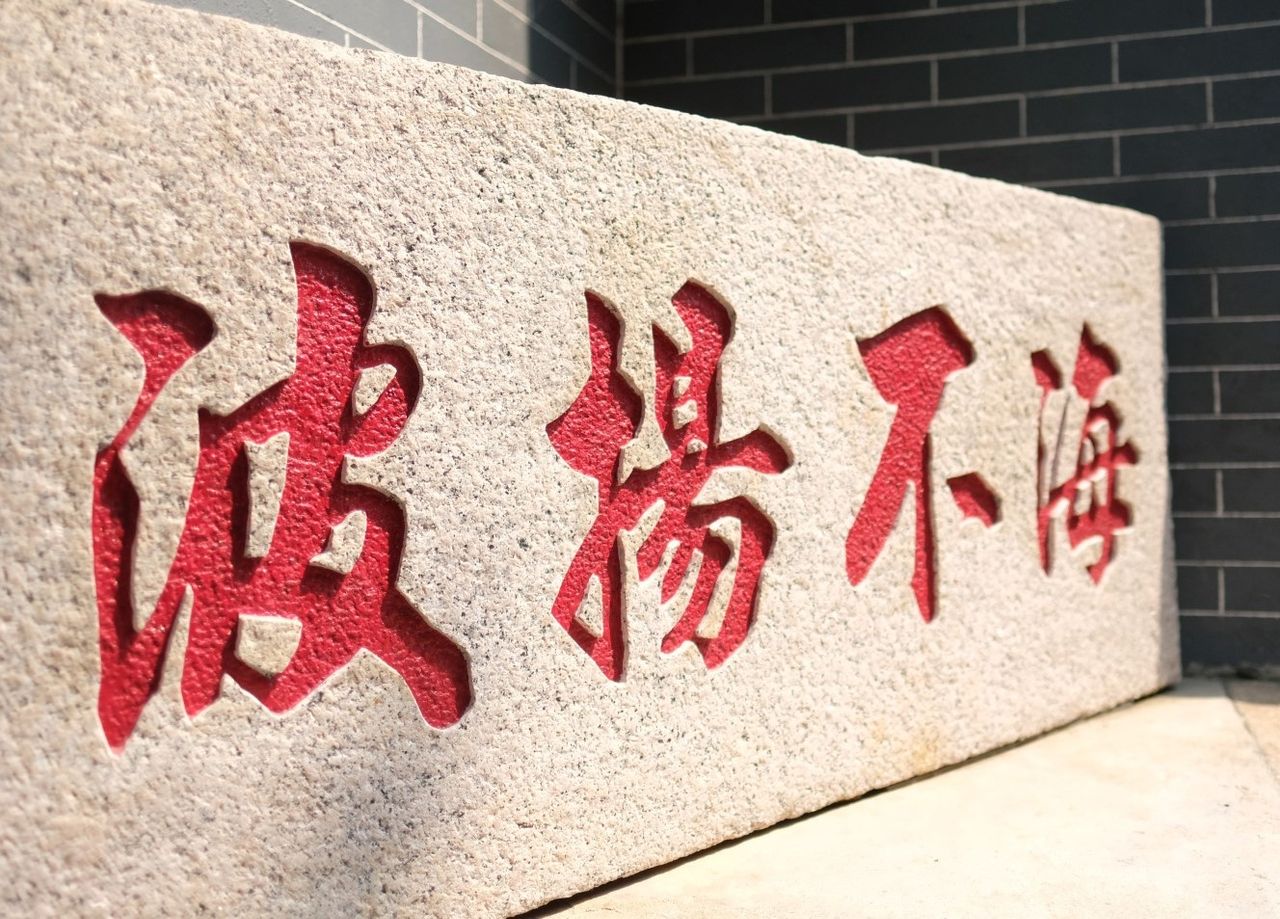



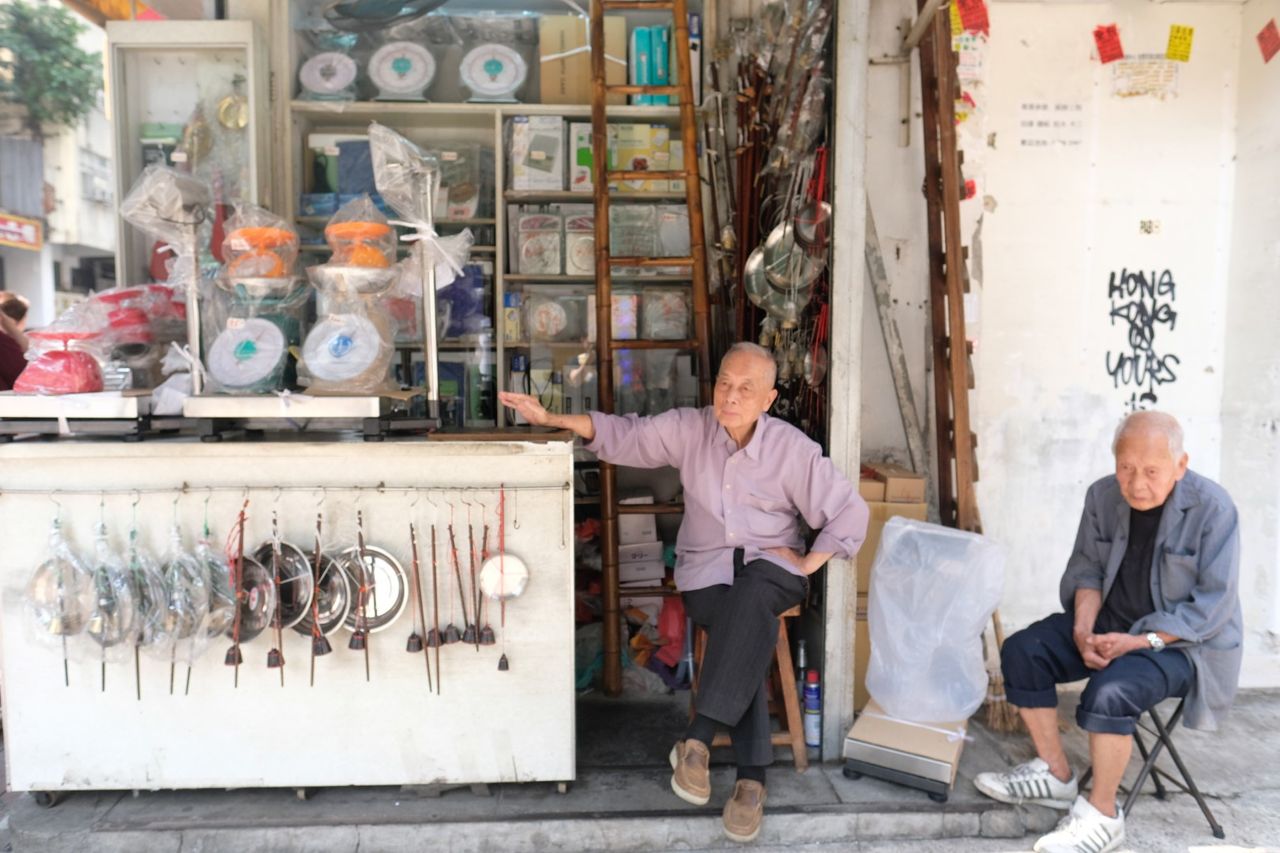
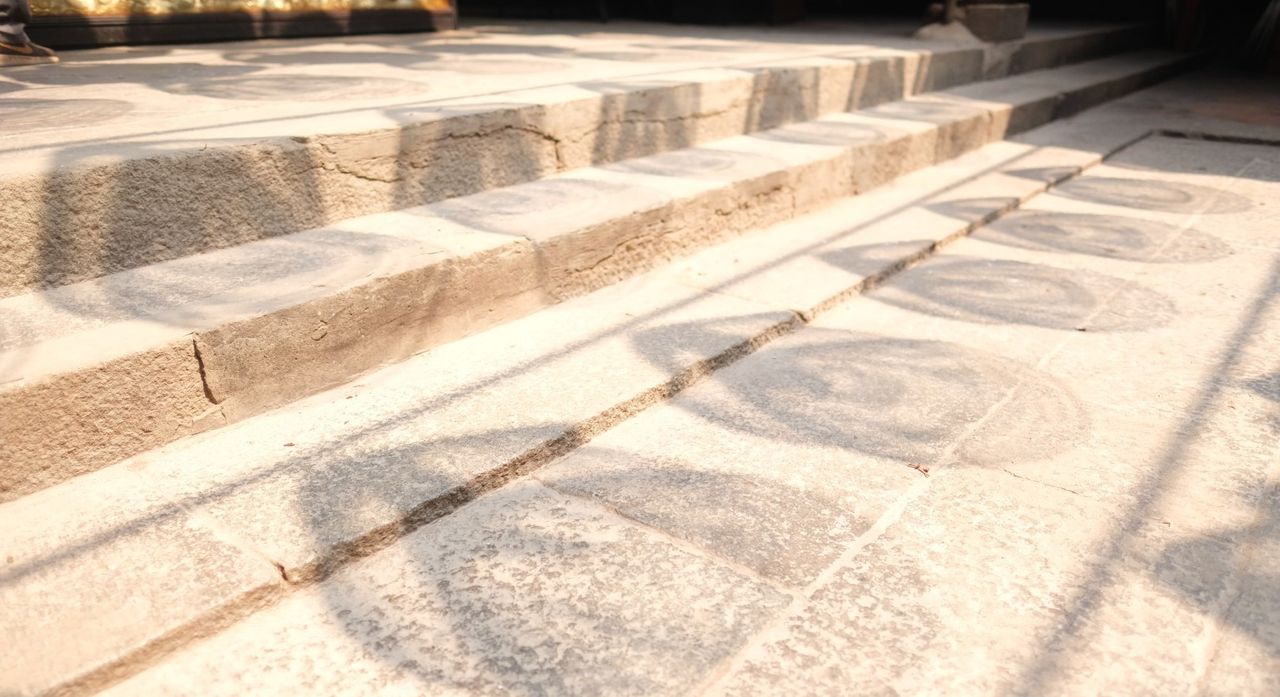

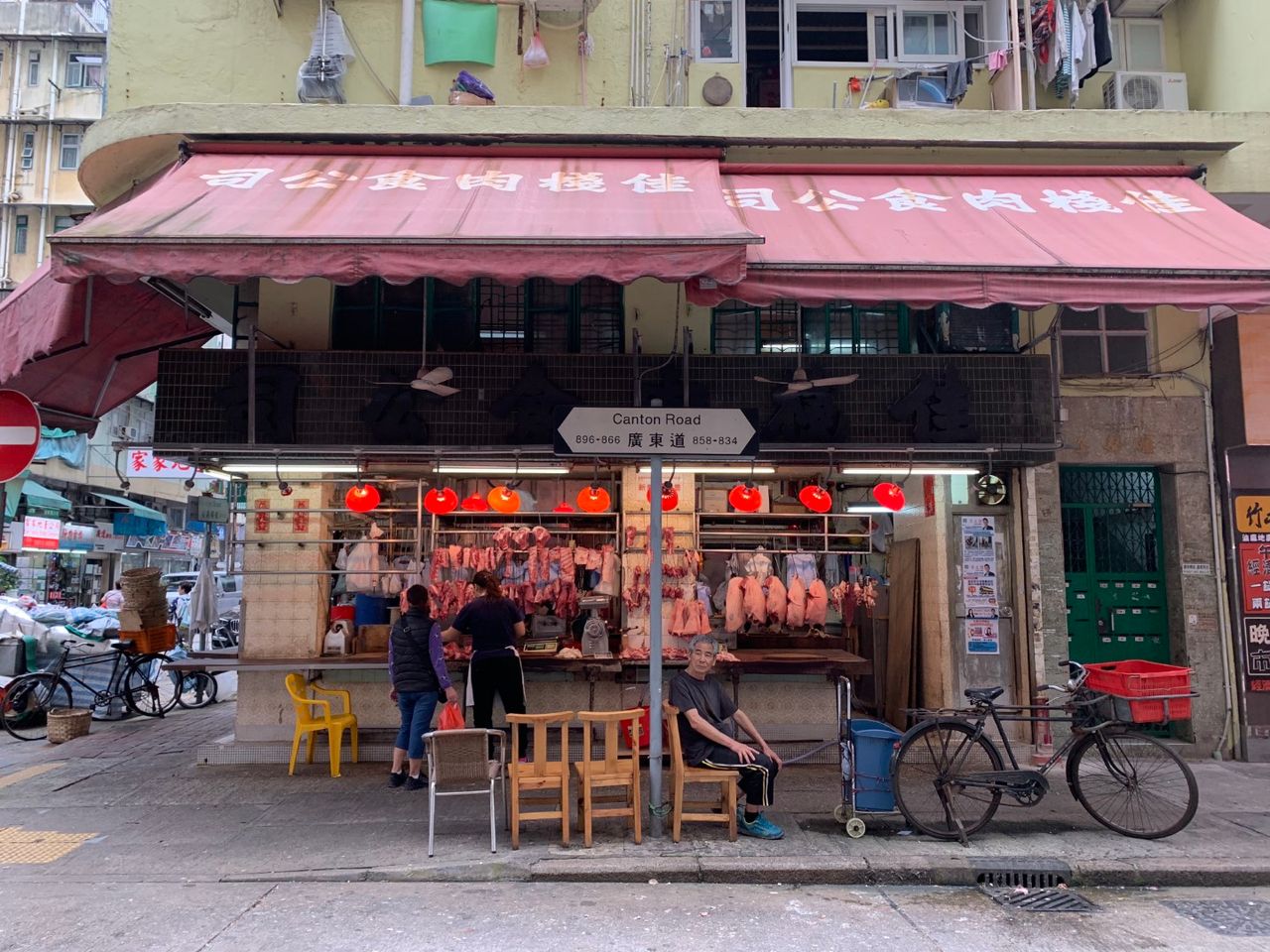

150 students and teachers spent two weekends capturing the spirit of North Point and Yau Ma Tei in words, drawings, photos, sound and film. Mentored by heritage experts, the students explored the streets, interviewed residents, mapped the cultural assets and discussed topics such as the values of a place, conserving heritage buildings and visually presenting information. Activities included site surveys, interviews, cultural mapping skills training and sharing/feedback sessions to teach robust mapping skills in a fun and interactive way. They analysed the development of the districts: North Point from a leisure beach destination to an industrial area and the residential neighbourhood it is today; Yau Ma Tei from a coastal fishing village to a busy urban district.
Then, they used their newfound skills to tell the stories of places that make the neighbourhoods tick. Hand-in-hand with creative mentors, the students set out to map 60+ cultural assets across two neighbourhoods and interpret them through short essays, urban sketches and video portraits. This way the workshops equipped the students with a new cultural lens to explore familiar places and understand the deeper layers in seemingly ordinary neighbourhoods. They were challenged to move out of the comfort of their classroom and work in groups to combine different skills, talents and interests into a real product. But perhaps most importantly, this project gave them an opportunity to connect to neighbourhood residents; the new encounters created an awareness of traditional businesses and lesser-known cultural sites.
I only knew a fraction of North Point before, but after the workshop I feel that it is my other home.
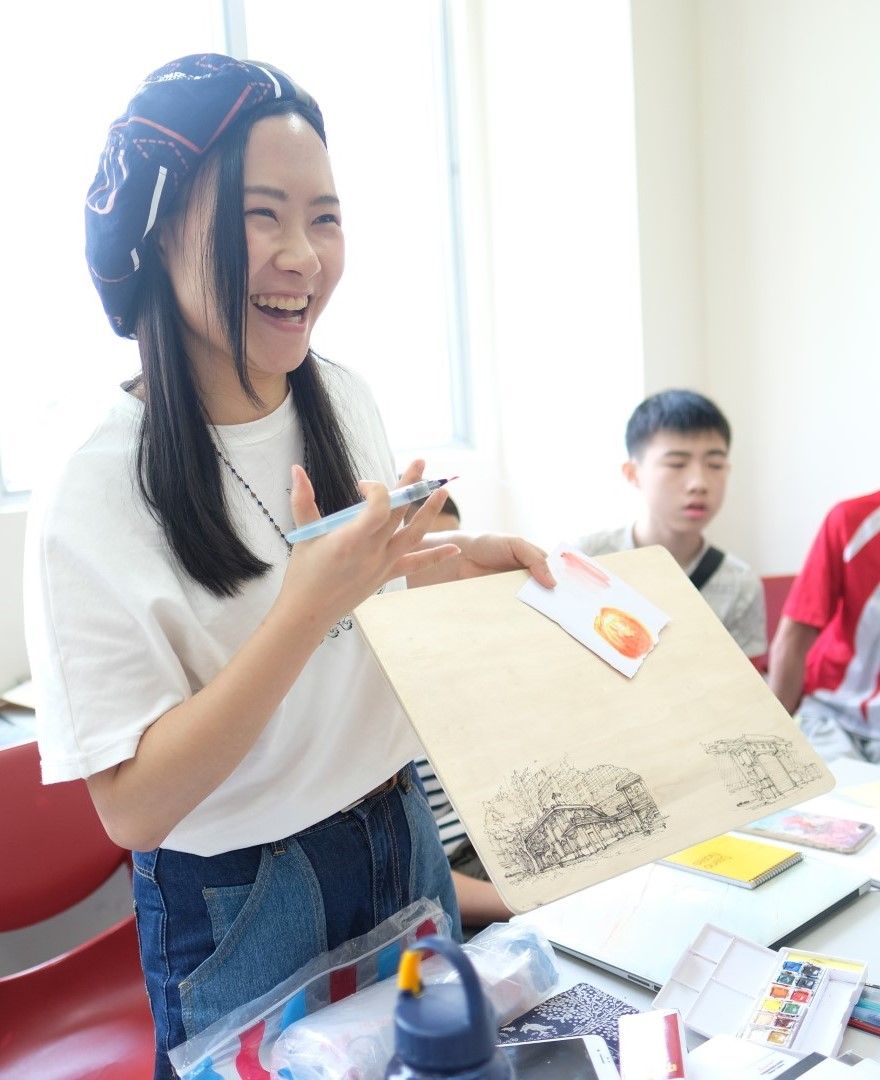

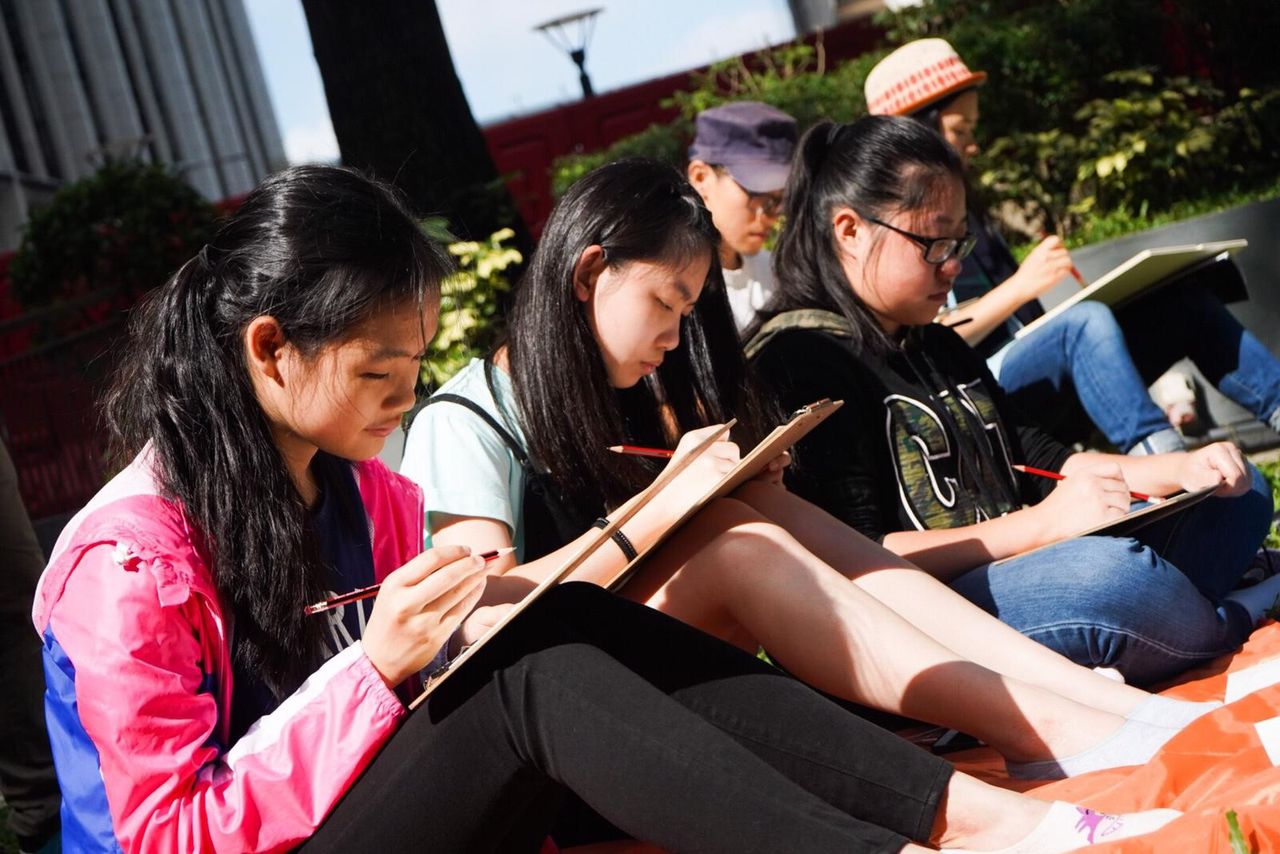

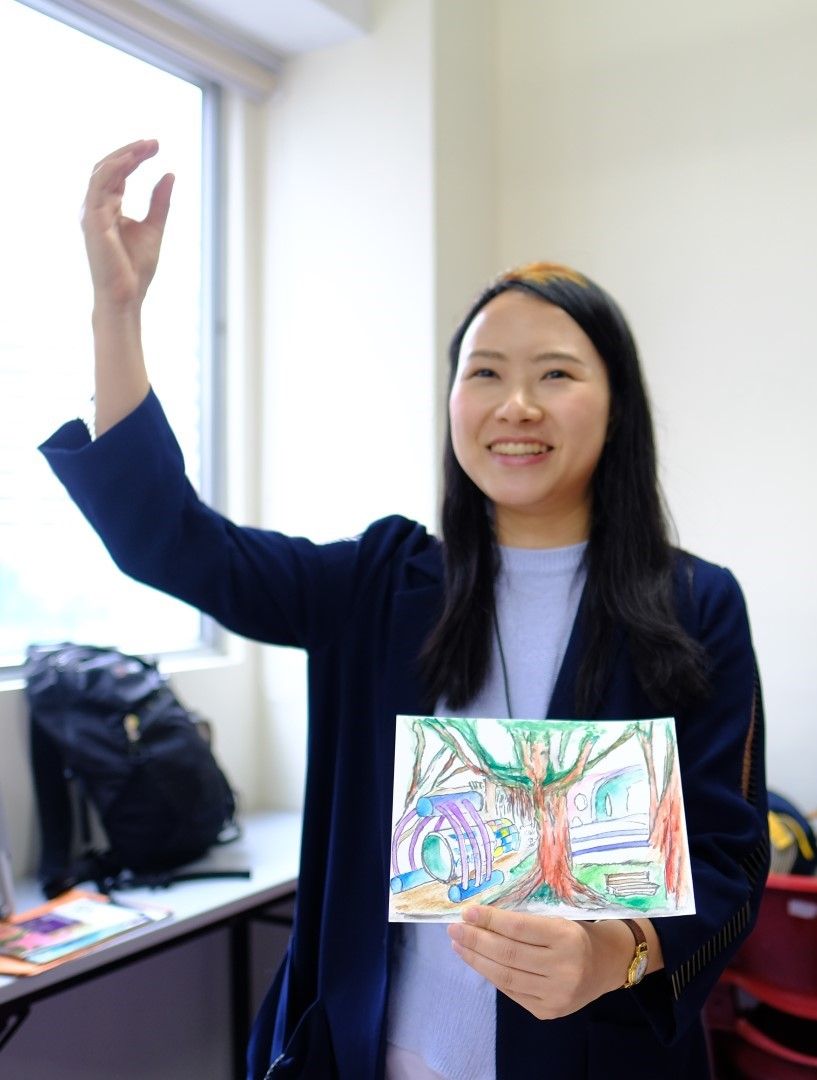
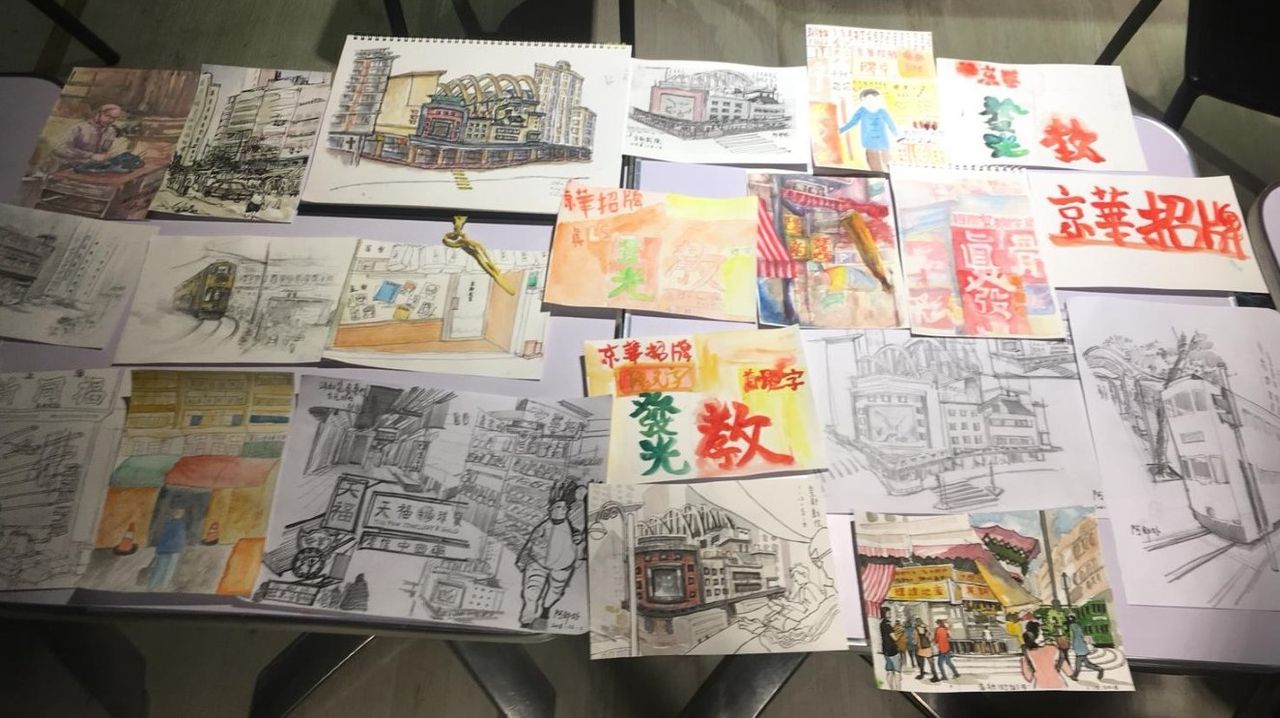

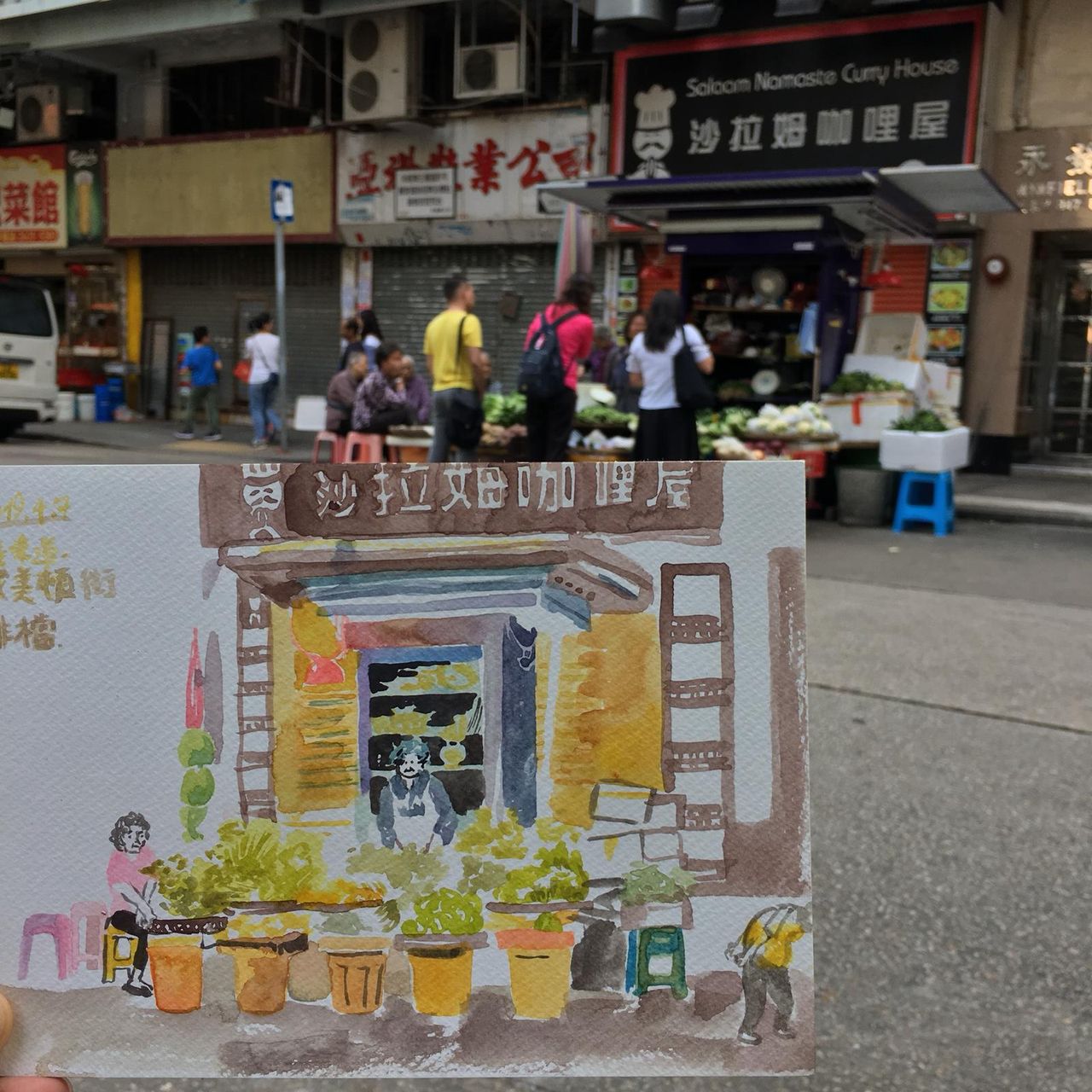



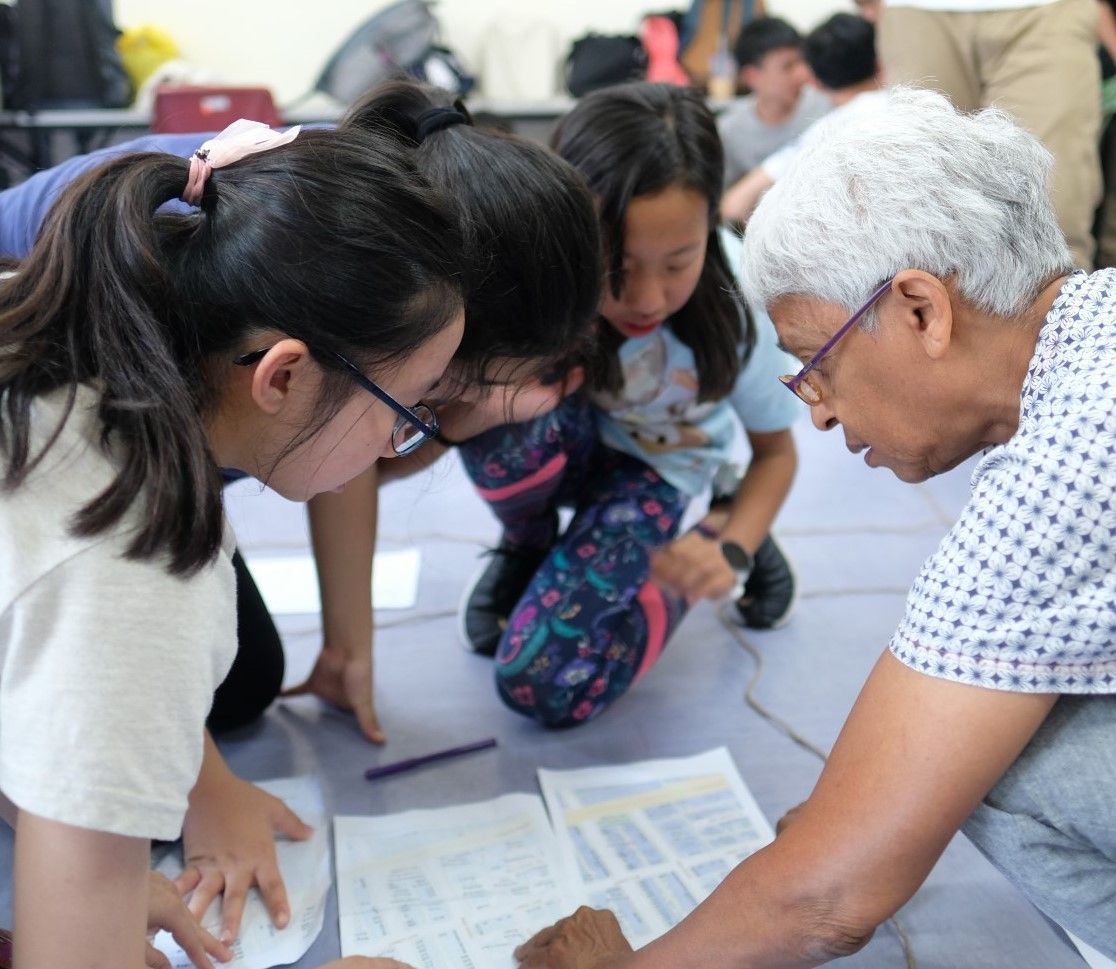
A fun and interactive way to introduce the concept of tangible and intangible cultural heritage to youth.
About North Point
North Point was once called Little Shanghai. Hong Kong's elite would drive all the way from Repulse Bay to North Point to visit Shanghai-style barbershops. The Shanghainese - and also many Fujianese - fled the political turmoil on the Mainland and found safe refuge on Hong Kong Island's northern shore. The immigrants brought along their cultures and lifestyles, which have greatly influenced the development of this district. The State Theatre, the [now-demolished] Luna Park and the many boutiques and restaurants exemplify the strong ties to the 1950s Shanghai leisure and entertainment scene.
In their journey of discovery, the students also found traces from across South East Asia in the streets of North Point. In recent years, a new immigrant group - Southeast Asians - have moved into the neighbourhood, incentivised by lower rents and work opportunities caring for the district’s ageing population. Chun Yeung Street, a short one-block street in North Point, is the epicentre of immigrant life. It reflects the multicultural history of the neighbourhood: typical Hong Kong market vendors are interspersed with Shanghainese shops, Fujianese restaurants, and more recently, Southeast Asian grocery marts.
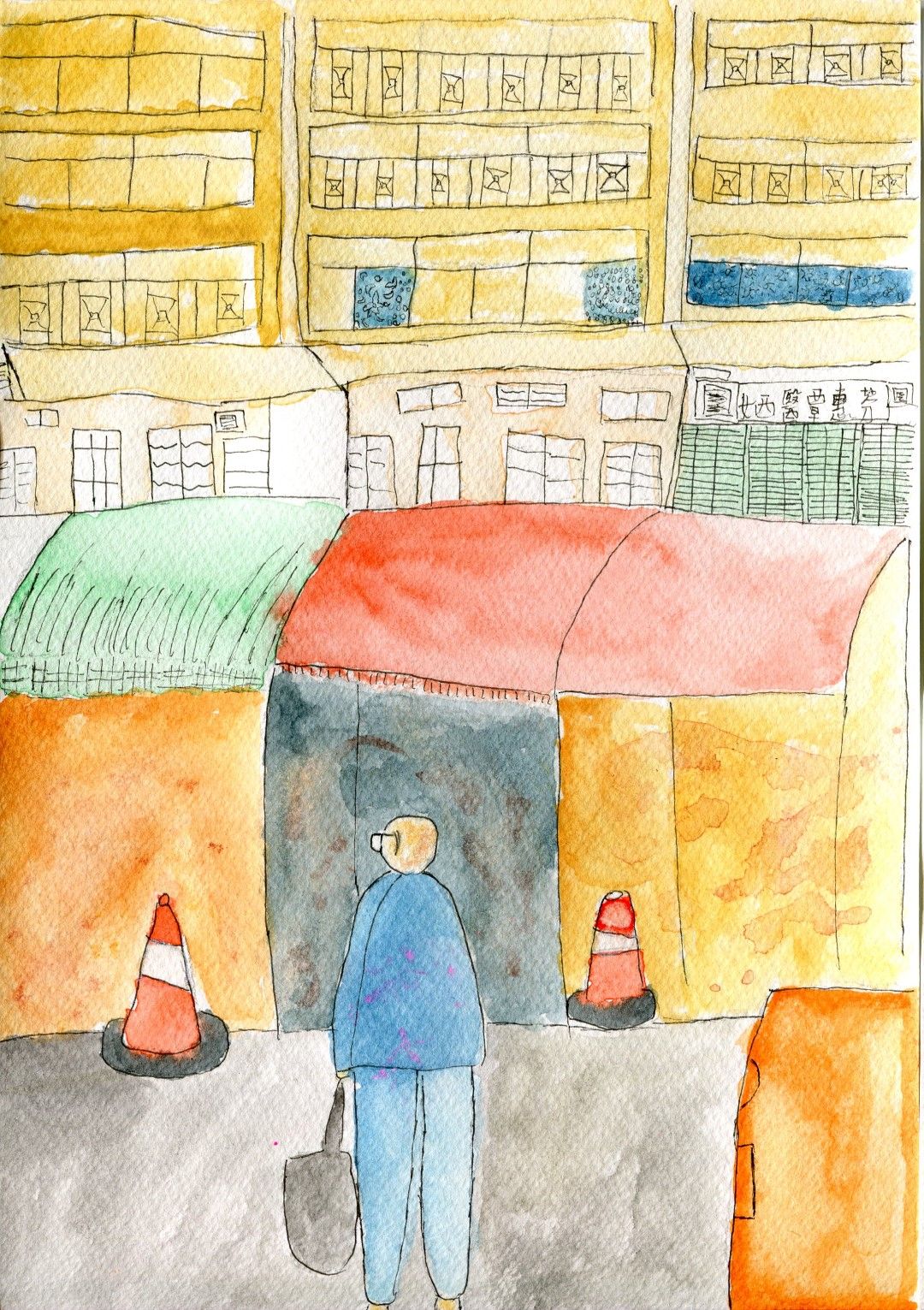
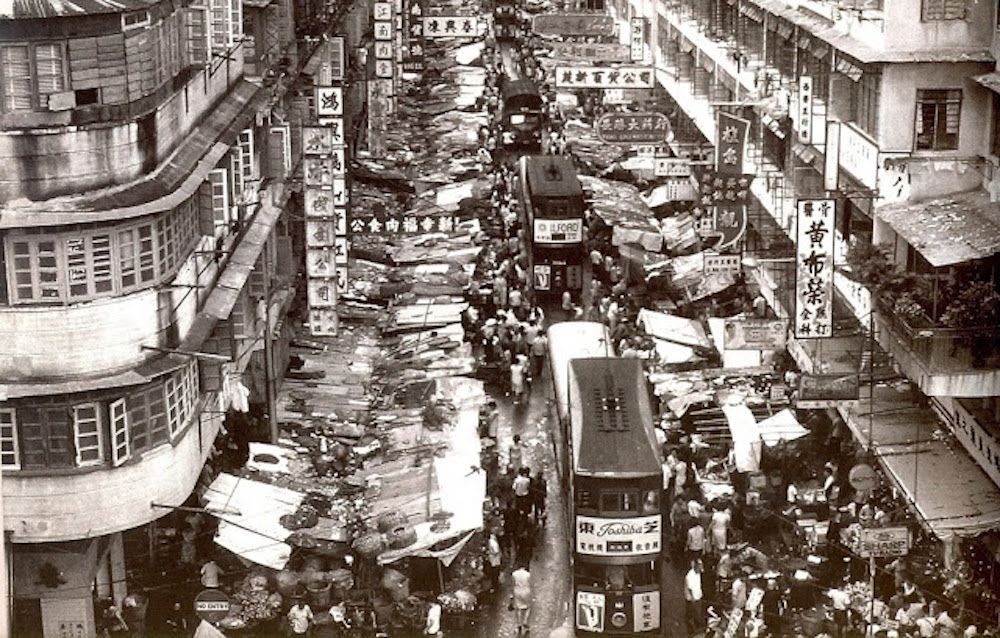
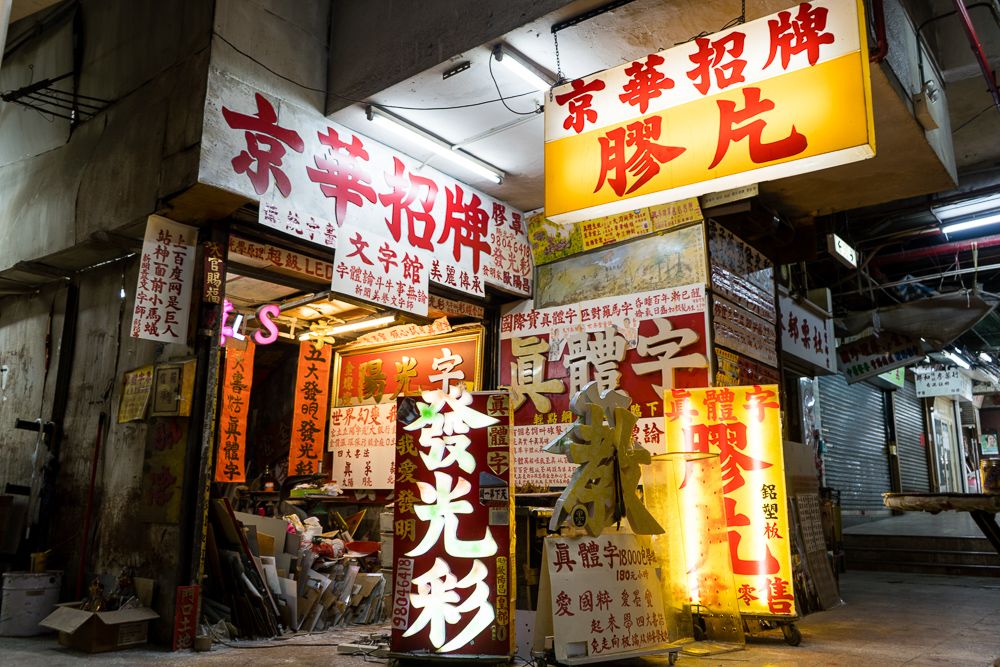
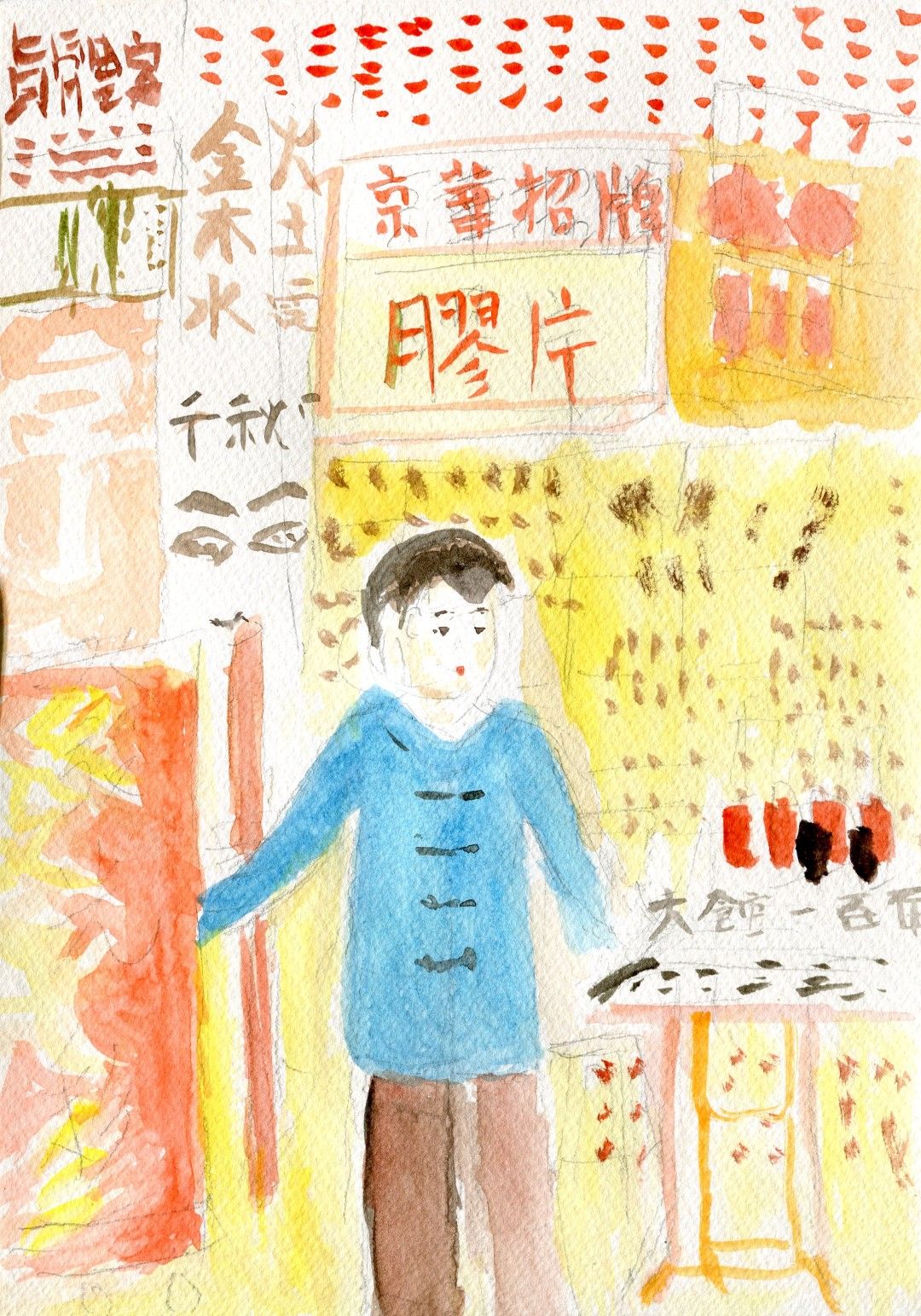

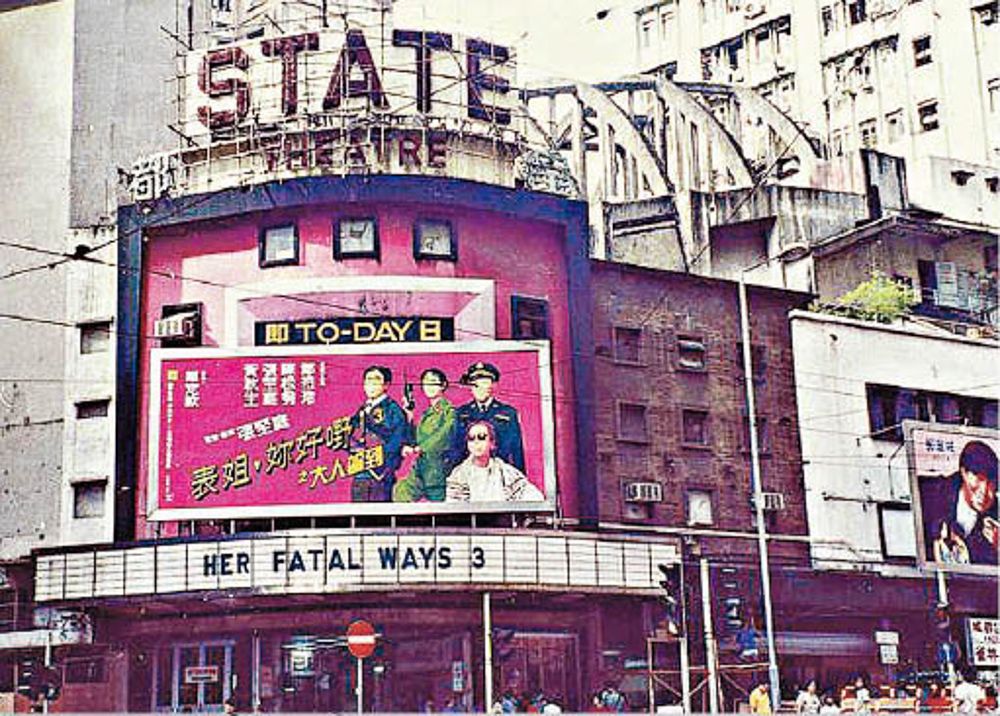
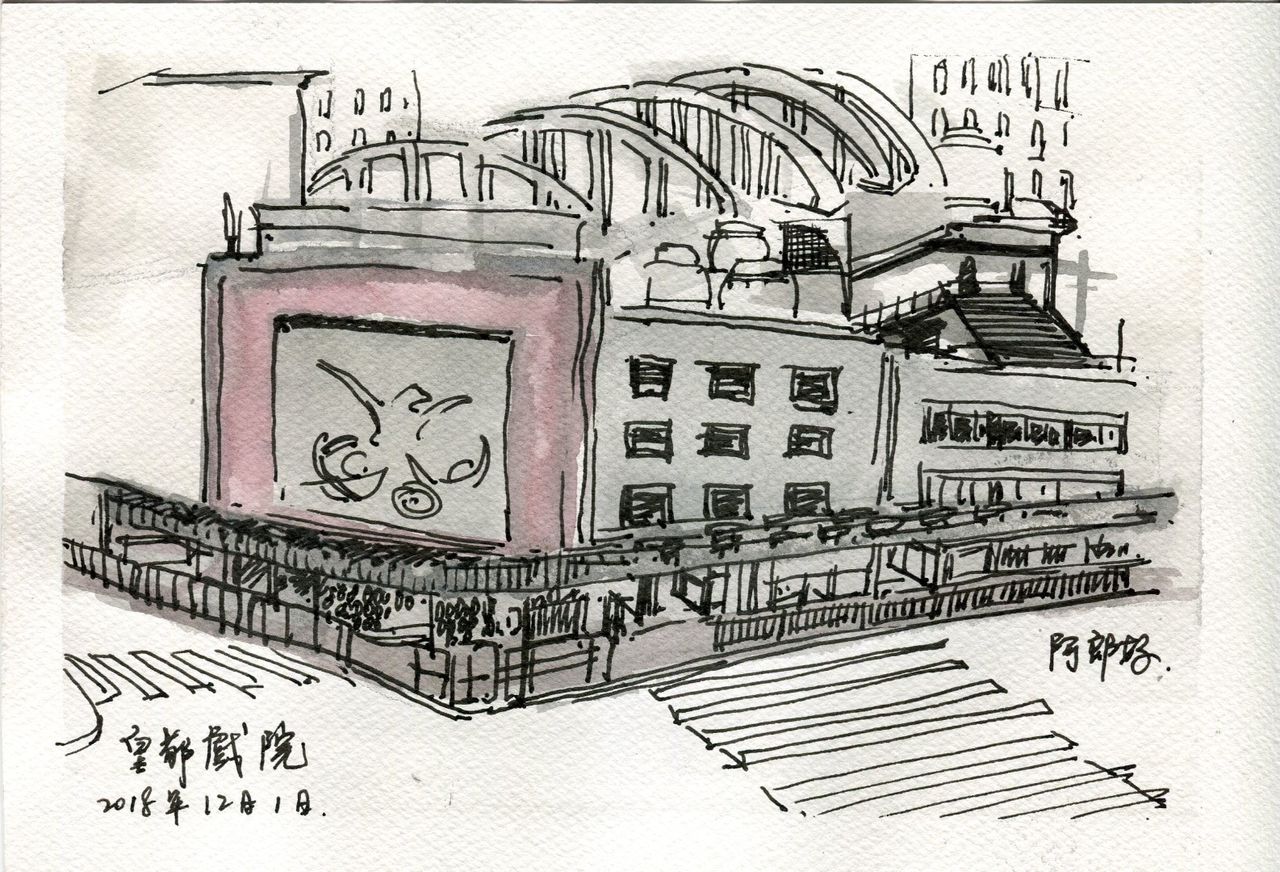

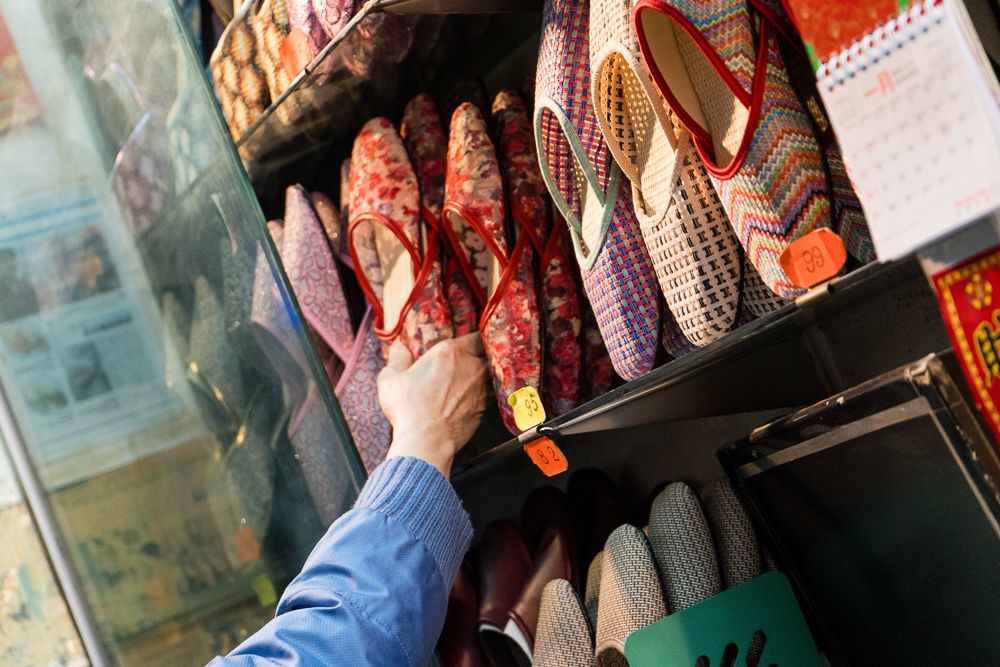
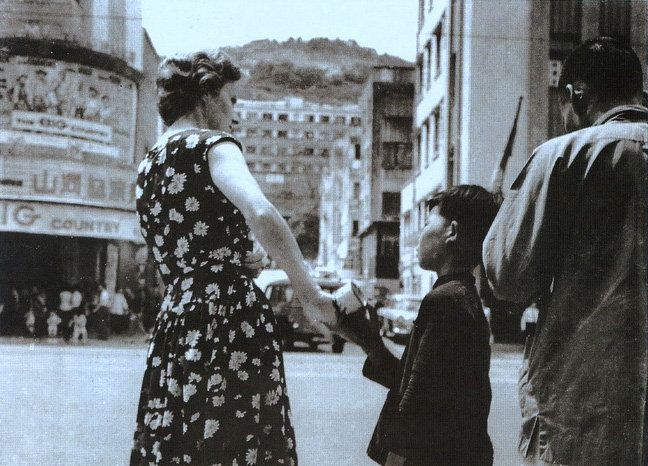

About Yau Ma Tei
Yau Ma Tei was where many Tanka water people lived, a home for fishing boats; ‘Yau’ means oil and ‘Ma’ means rope. This was Kowloon’s first urban hub a vibrant place where fishermen stocked up on merchandise. Even today many handicraft shops still remain in the small lanes, often passed down many generations. The sea has been reclaimed and the wharfs and boats have long gone, but Yau Ma Tei remains the place where people come from across the city to buy a handmade wooden chop board, copper pot, or iron knife and it also holds a stellar reputation to get things fixed, bicycles, radio's, watches or even a boat.
Yau Ma Tei is a place of trade, it is home to the city's oldest fruit market, the famous Temple Street market, and an iconic Cantonese Opera Theatre, all firmly rooted in history but still busy places today. From early morning until late at night, the place is always humming with activity. A grassroots neighbourhood, a miniature version of Hong Kong with so many stories woven into its urban fabric.




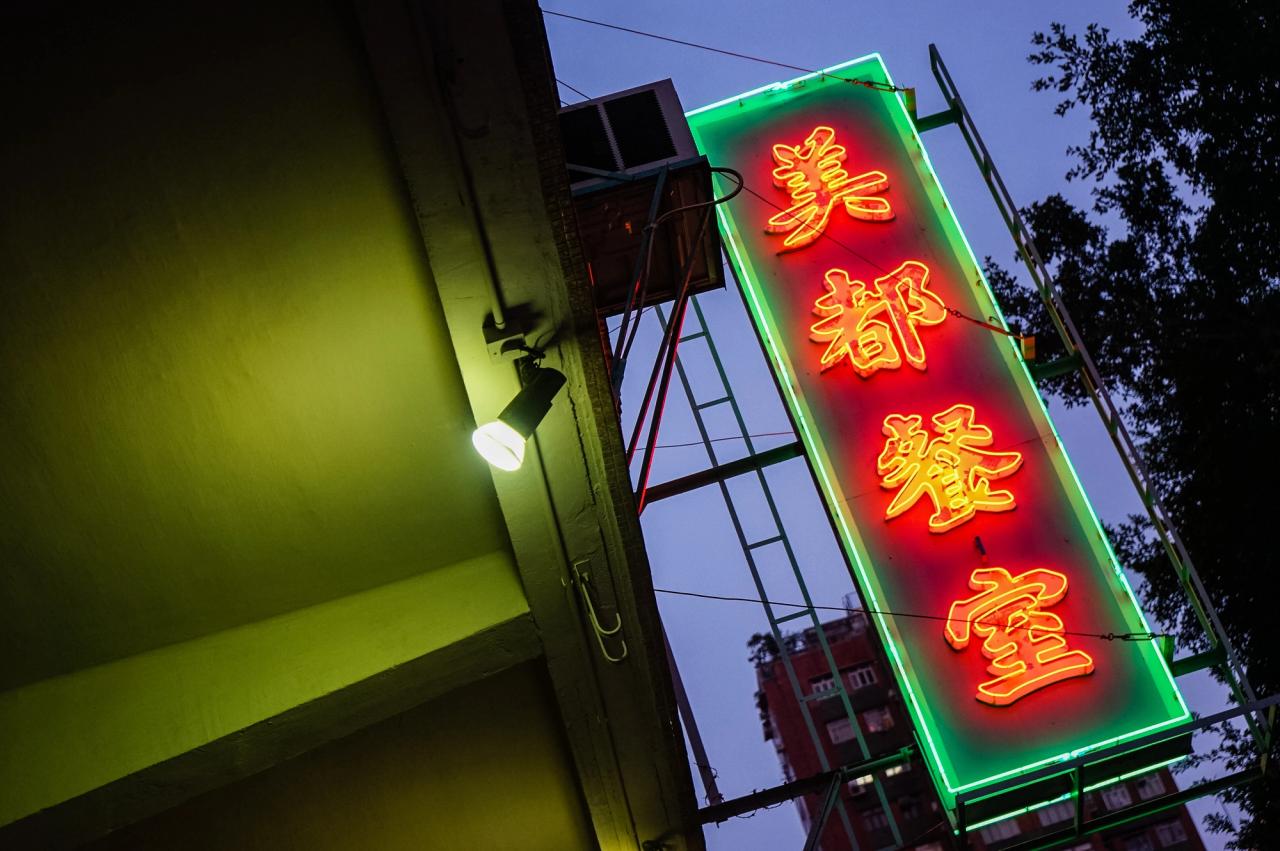

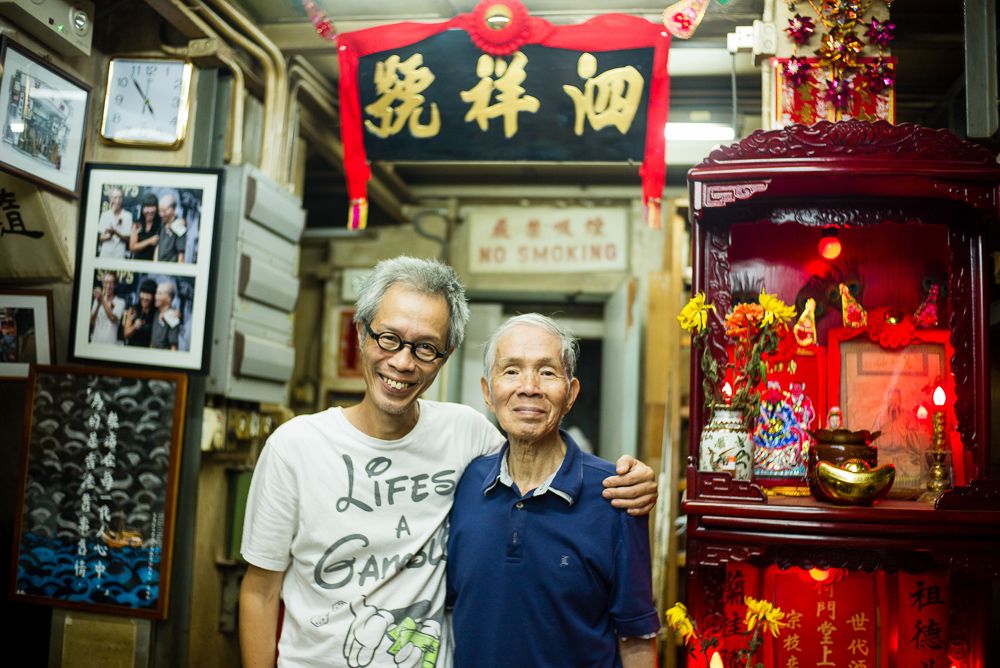
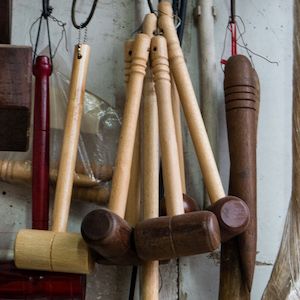
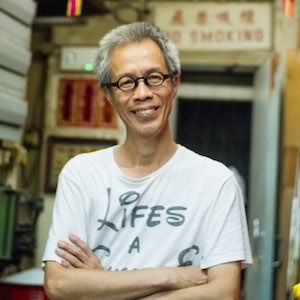




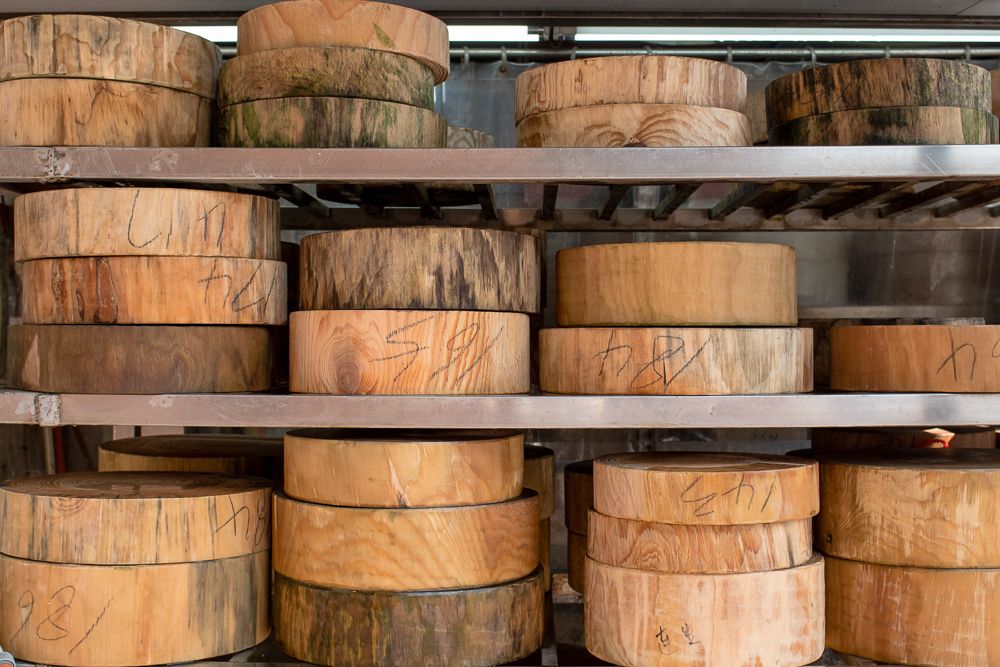
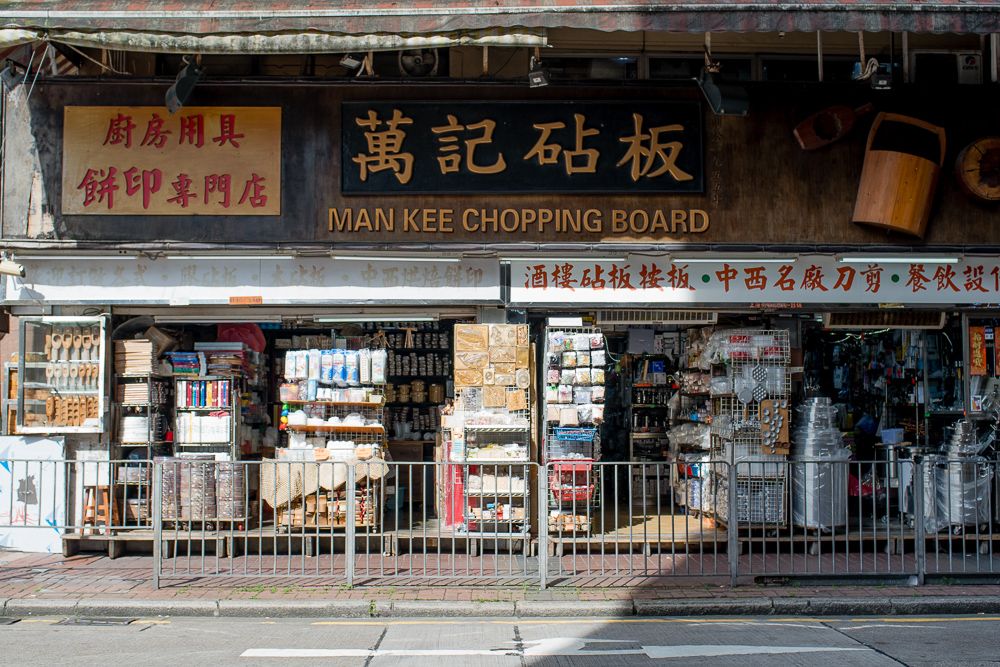
The area used to be a typhoon shelter, where fishing boats were parked at the seafront. Fishermen came here to buy their daily necessities.”
Exhibition at PMQ
"Searching for the Spirit of North Point and Yau Ma Tei” was the title of a month-long exhibition at PMQ, Hong Kong's design incubator that is housed in a repurposed 1950s police dormitory in the middle of Old Central. The exhibition featured the work of the students: movie clips, illustrations, images and writing that collectively capture ‘evidence’ of cultural expressions of the social, economic and environmental changes that shaped and are shaping these two old neighbourhoods.
Hundreds of people came to visit and shared their own neighbourhood memories. What emerged was a collective appreciation for the character of 'Old Hong Kong', a celebration of the 'Lion Rock' spirit that built this city, a living testimony to immigrant communities that built their business from street carts and raised their families in shophouses. People called for the need to preserve not just old buildings but also the old trades that are slowly vanishing, the intangible heritage of the city.
Editor's note: Since the publication of this article, developer New World has embarked on a respectful renovation of the iconic State Theatre in North Point. This also meant the end for Brilliant Tailor Shop and Ging Wah Calligrapher in the theatre's arcade, they had to close their doors. The iconic Mido Cafe in Yau Ma Tei also closed briefly but reopened its doors after an outpour of support from the local community.

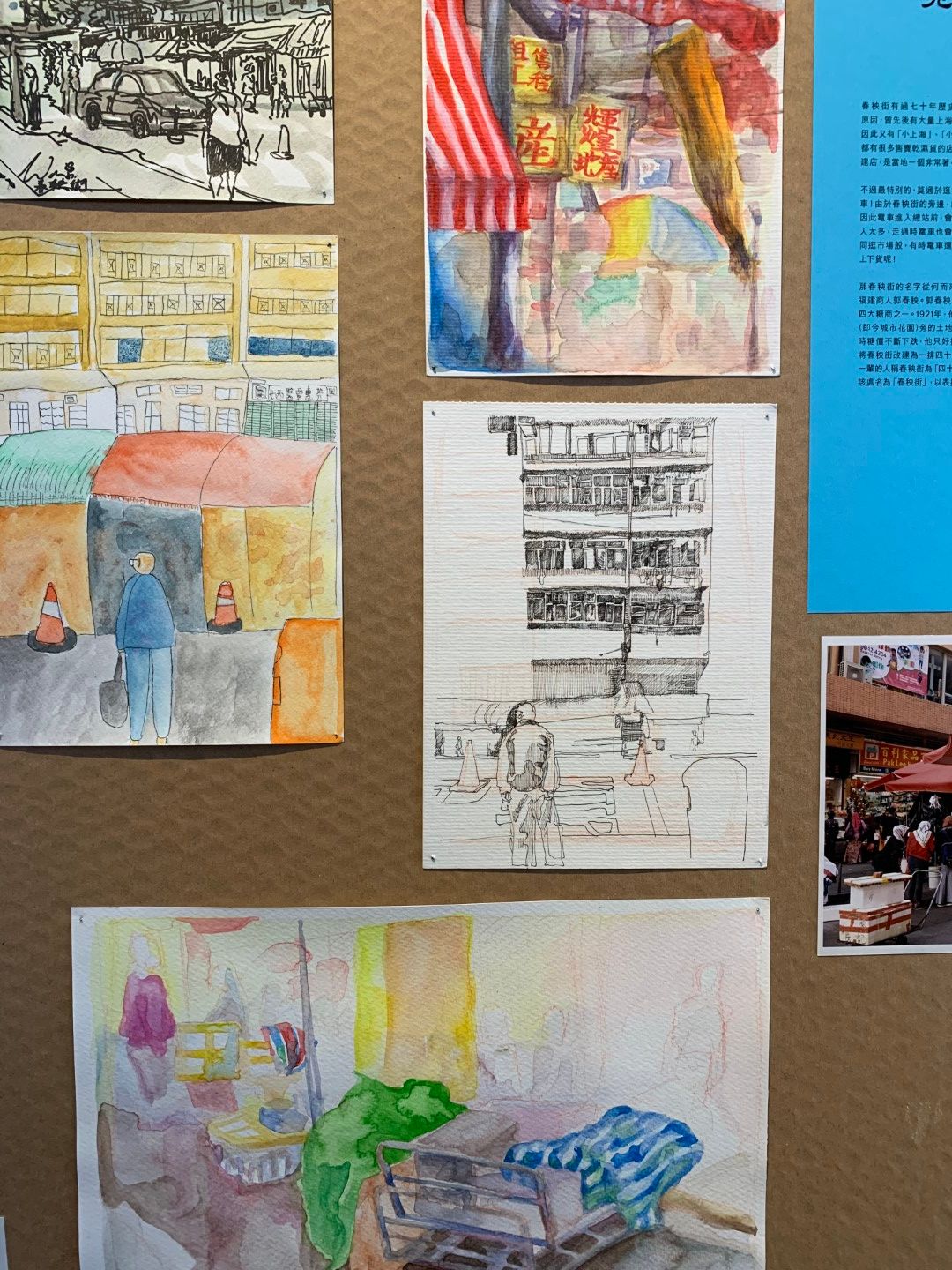
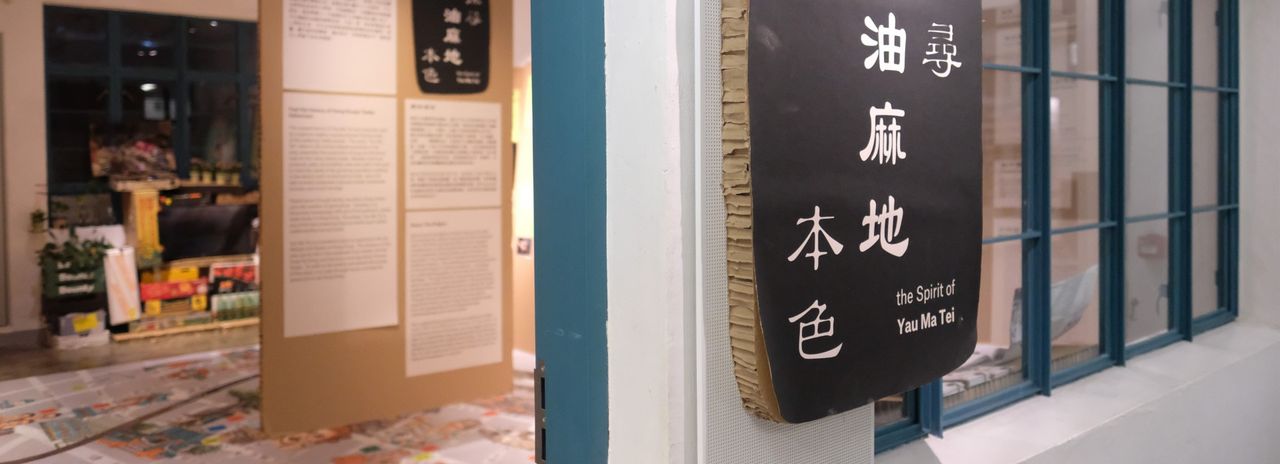
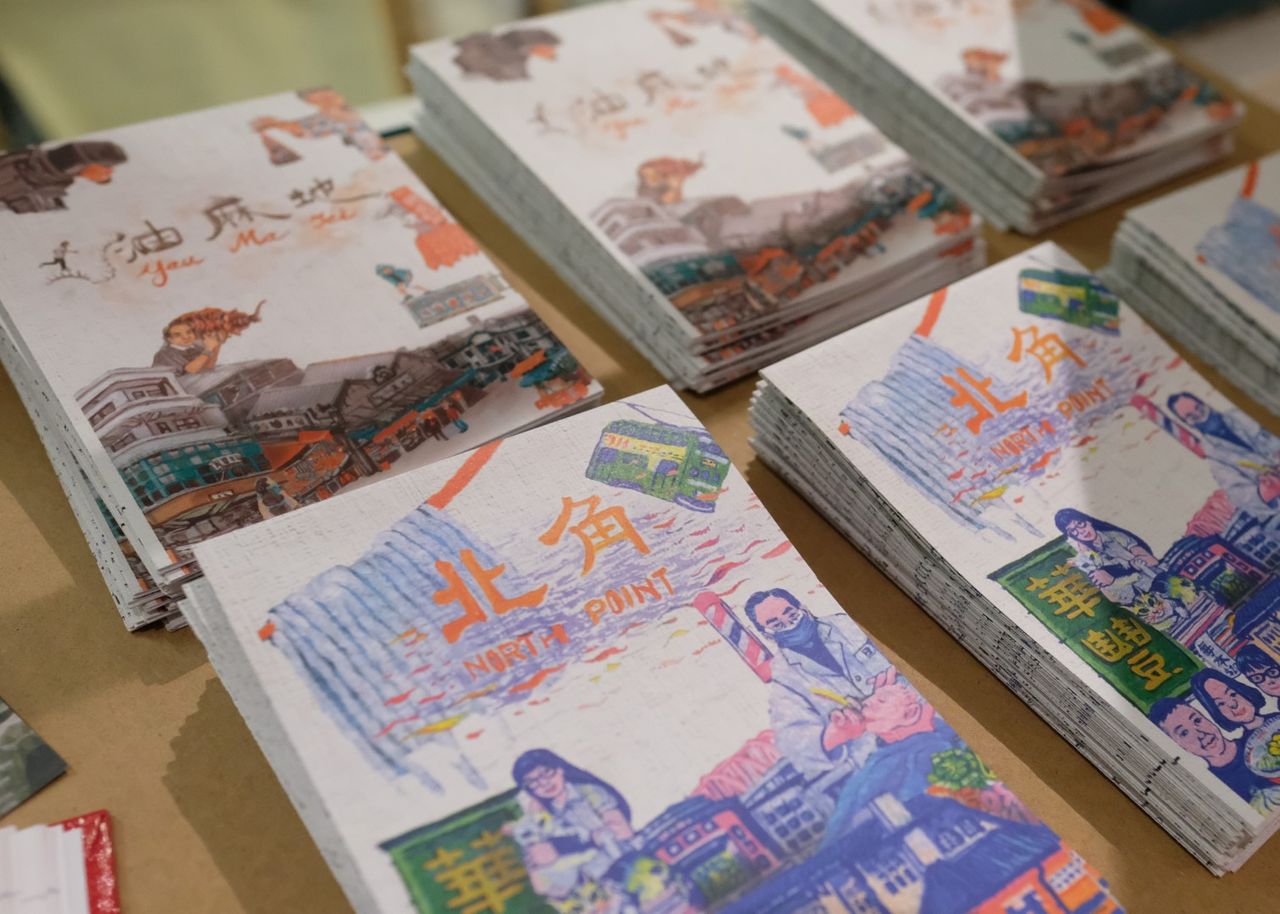

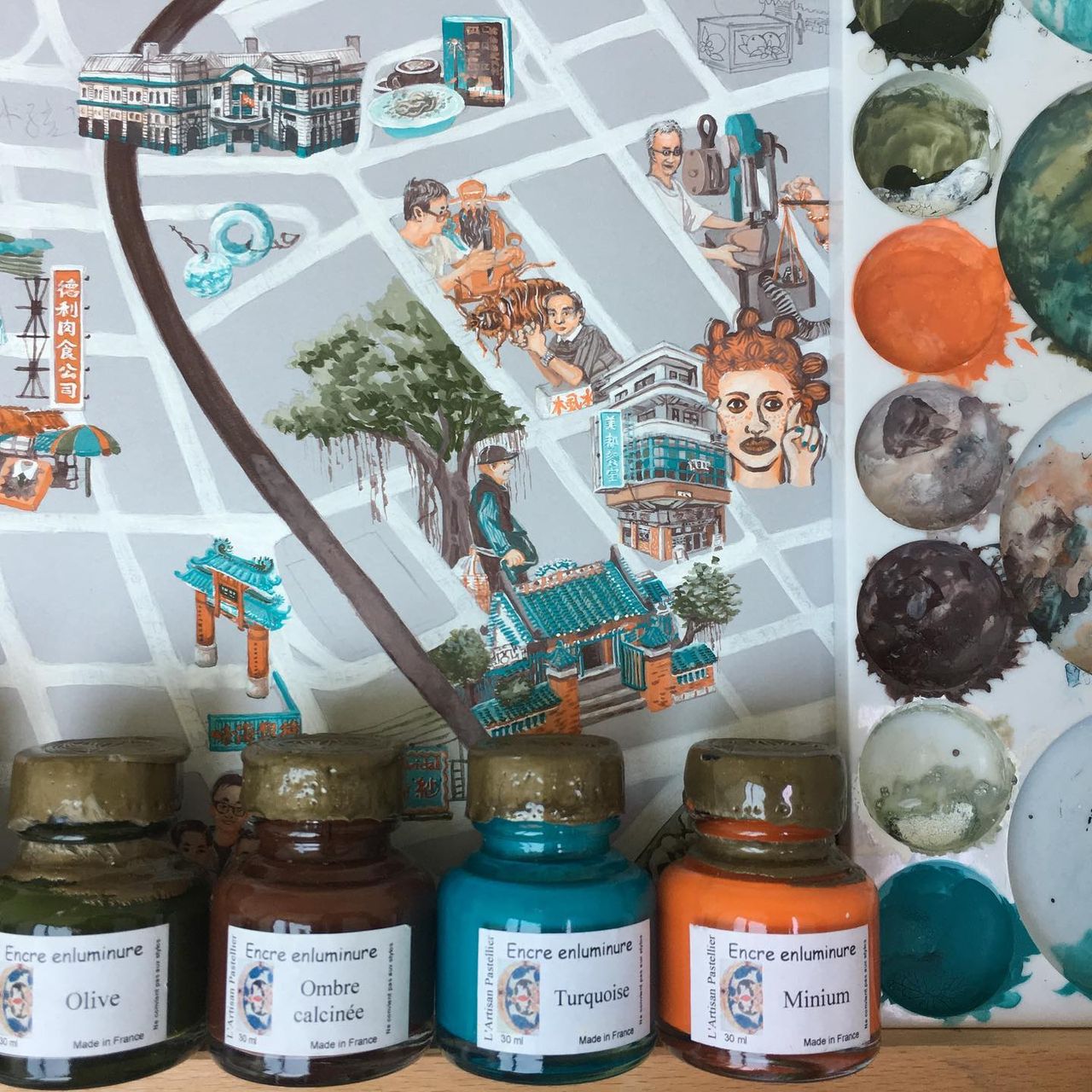
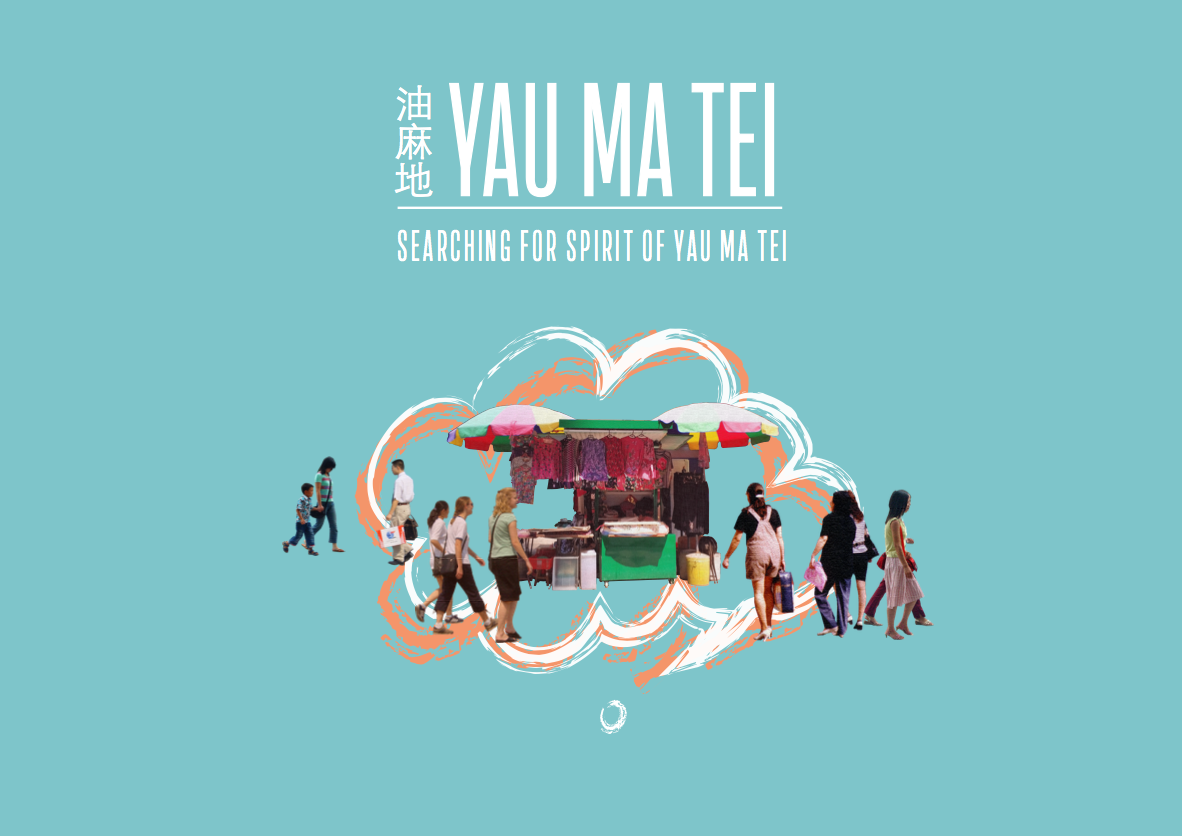





You should make these maps for every Hong Kong district, there are so many stories to tell!
Explore and find out what makes North Point and Yau Ma Tei special
Discover the two neighbourhoods through the lens of the people that call them home. These maps feature urban story walks for Yau Ma Tei and North Point highlighting 60+ sites that show the authentic everyday side of these captivating districts. The walks are available on easily downloadable illustrated maps and digital map that can be viewed on mobile, so you can get lost without getting lost.

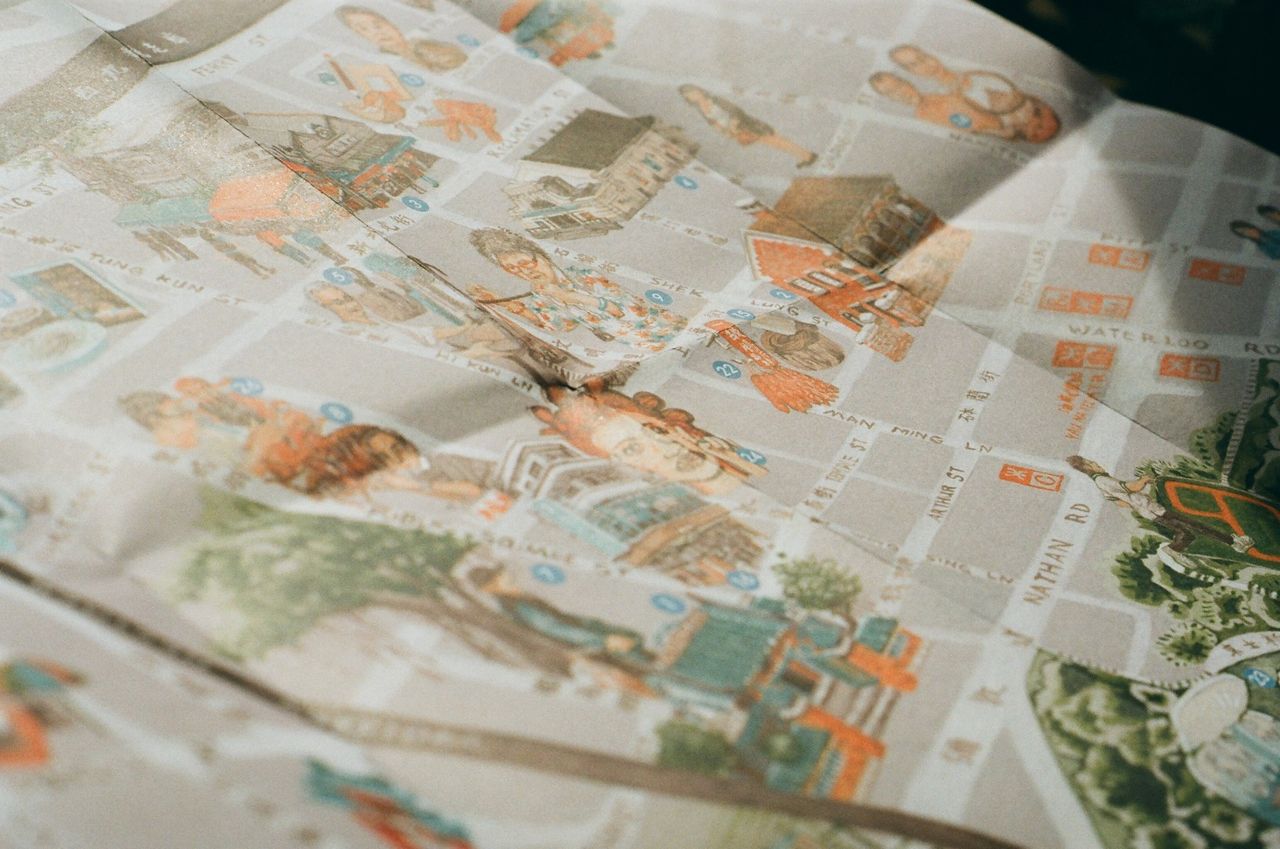
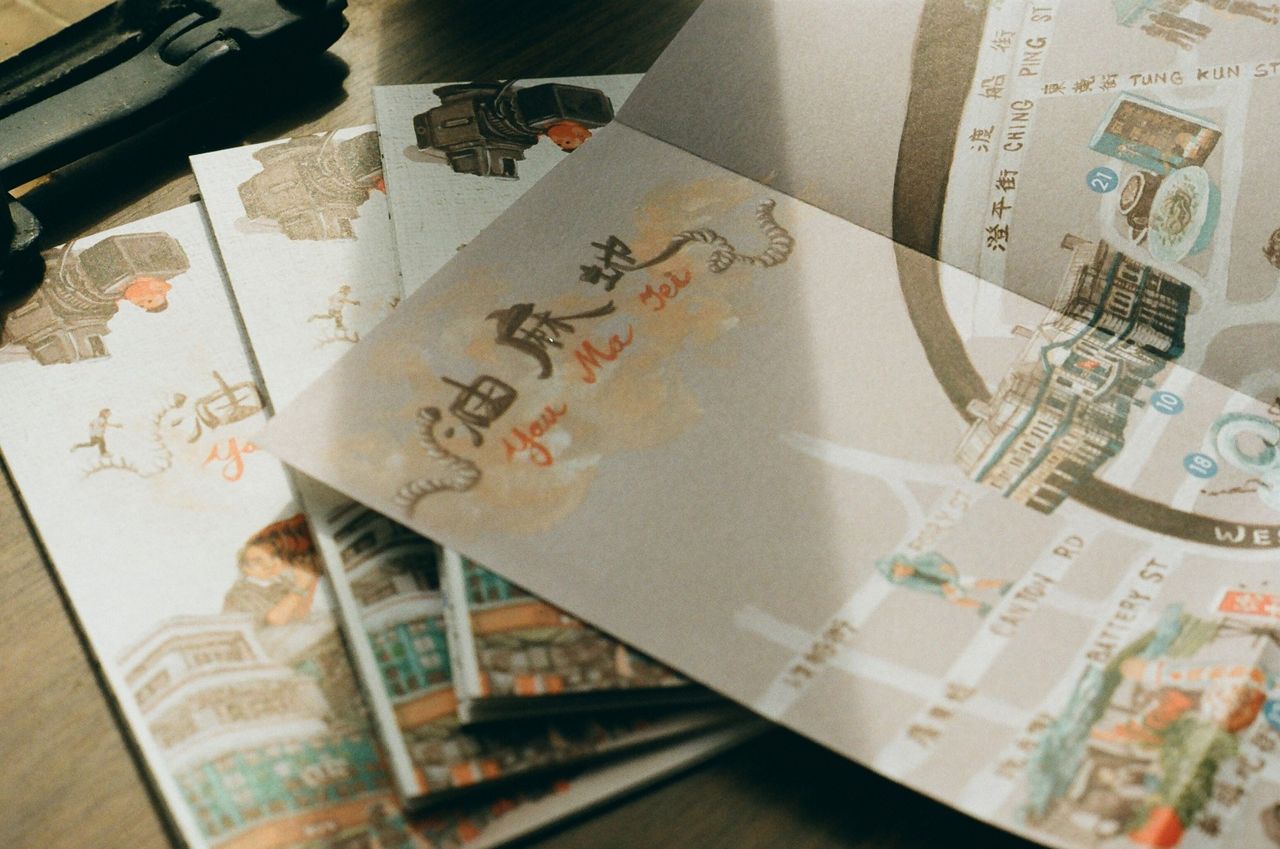
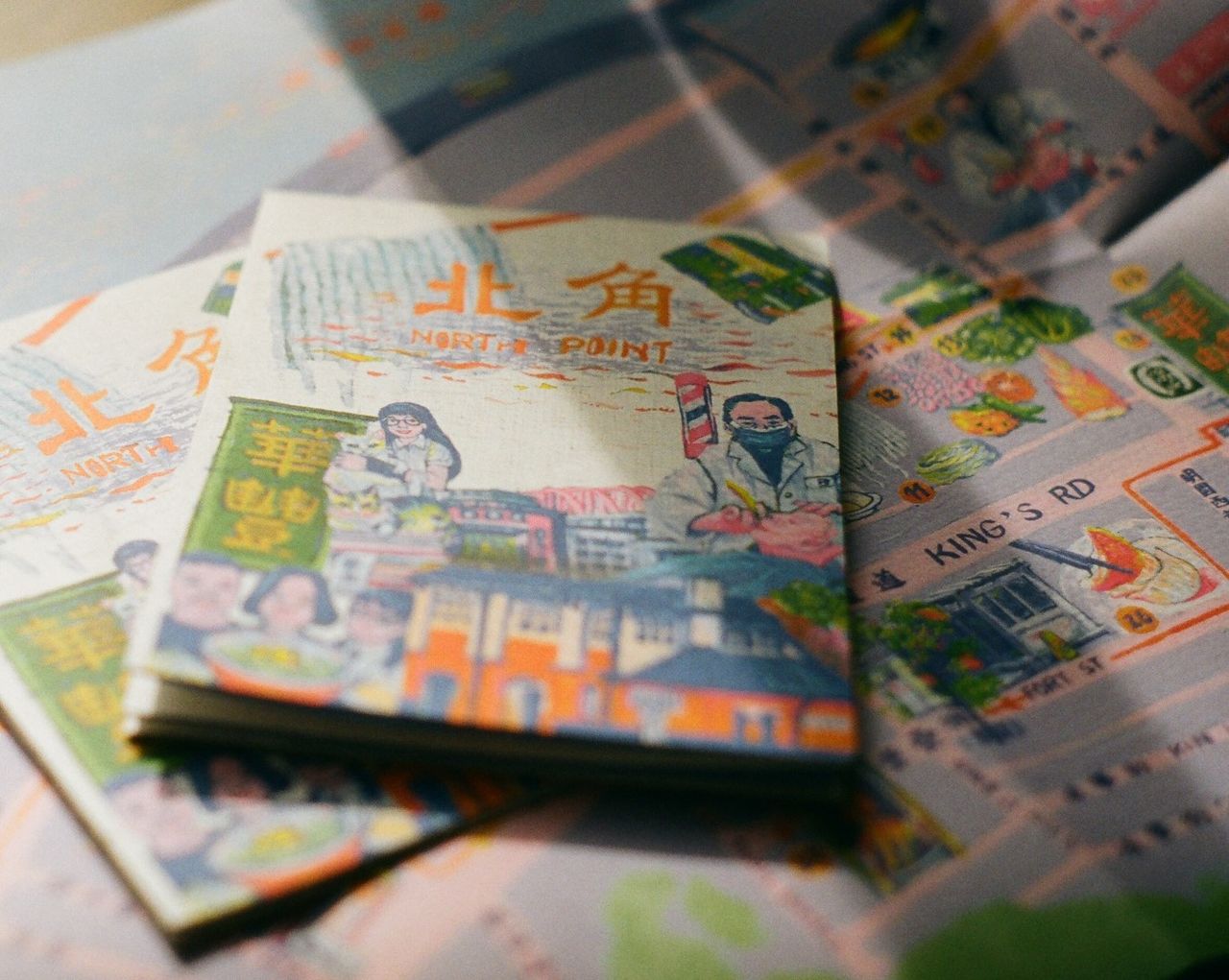
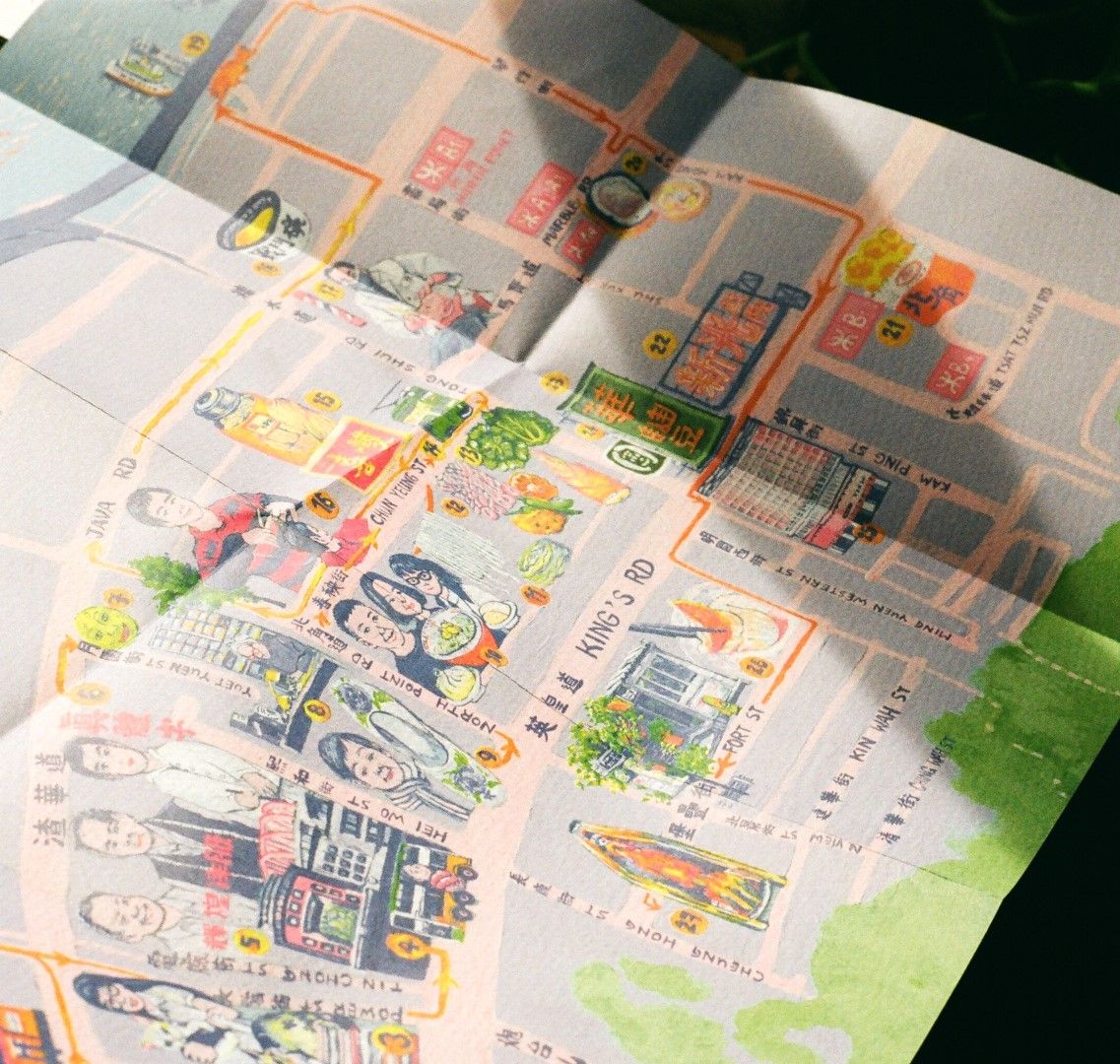
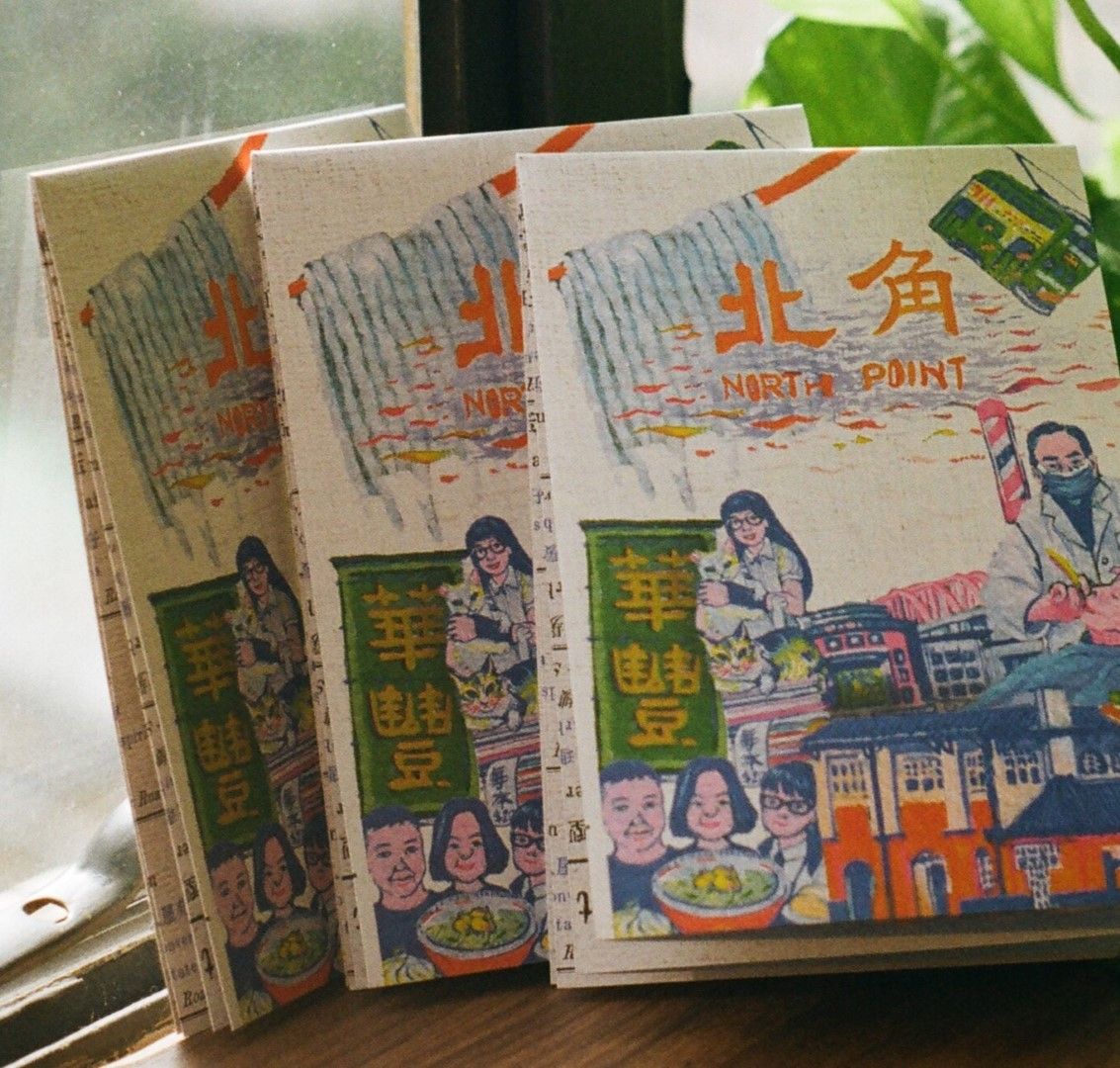

The cultural mapping project was a collaborative effort of Hong Kong Institute of Architectural Conservationists (HKICON), iDiscover Asia, Walk in Hong Kong and Arts-ED in Penang with financial support from the Hong Kong Built Heritage Conservation Fund. Special thanks to the following amazing creative individuals:
Photography by Bertha Wang

Bertha is a photographer born and raised in Hong Kong. Her work is mainly focused on issues relating to identity and the urban landscape. She uses photography to explore the impacts of different social interactions on urban cultures. She is also a passionate traveller, believing that photography can serve as a wonderful means for communicating urban stories. She graduated from the Chinese University of Hong Kong, was honoured as a “Hong Kong Scholar” in 2016 and completed her master's degree in Photography and Urban Cultures at Goldsmiths, University of London in 2017.
Find Bertha at www.bertawang.com.
Film by Joshua Wolper

Josh was born and raised in Hong Kong. Passionate for great storytelling. From directing to writing to producing, Joshua is about finding the story that needs to be shared. He is also a theatre practitioner and co-creator of the comic book series "Kyu". Over the past decade, he's collaborated with various entities, from small non-profit organizations to large multinational businesses. Joshua is also an educator, with experience leading workshops, courses and groups in filmmaking and performing arts techniques.
Find Josh at www.joshuawolper.com
Writing by Sally Chong
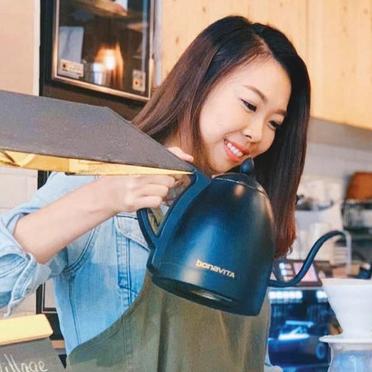
Sally is a graduate from the School of Journalism from the Chinese University of Hong Kong, but truly, she believes she’s a “pseudo-KOL” / travel blogger / journalist / editor /content creator, basically a multi-tasker. Sally saved up for a trip to Europe and enjoyed strolling along the streets, listening to stories and searching for her true self. Sally still believes words is a powerful way of recording.
Find Sally at www.sallyffg.com or 偽文青。去旅行。散散步
Illustrations by Wai Wai

Wai Wai is an artist born and raised in Hong Kong. She wants to bring people closer to their community, so she started painting illustrations of old shops in Hong Kong’s neighbourhoods. She uses watercolour as her main medium. Wai Wai was very excited about visiting Chun Yeung Street in North Point, a multicultural microcosmos.
Find Wai Wai at www.waiwaior.com
Curation by Design for Culture
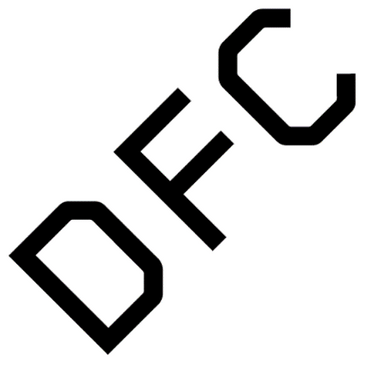
Design For Culture was founded by Hoi Chi Ng and Sjoerd Hoekstra. They specialise in the research and design of exhibitions and spaces with a cultural focus – archives, museums, galleries, heritage sites and public spaces. Design For Culture’s project approach always focuses on telling captivating stories and bringing out the essence of the ideas and objects to be presented.
Find Sjoerd and Hoi Chi at www.designforculture.hk
